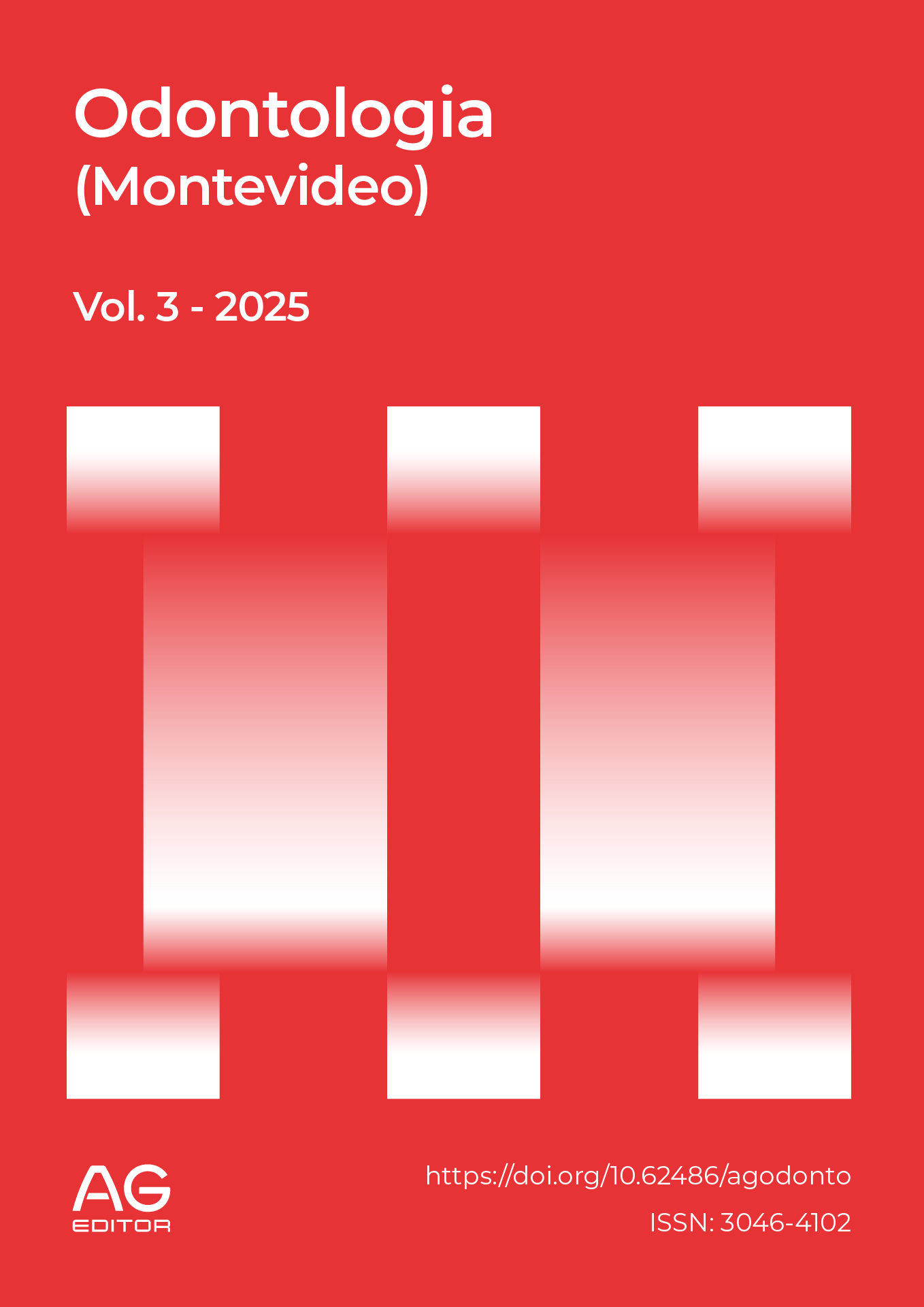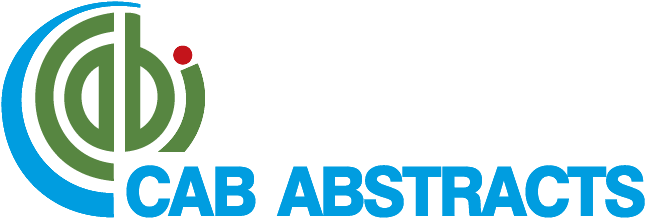3D biomodels to integrate an imaging diagnosis as an aid in learning clinical diagnostics in dentistry
DOI:
https://doi.org/10.62486/agodonto2025201Keywords:
Impresión 3D, Biomodelos 3D, Recursos Educativos AbiertosAbstract
The work presented here corresponds to the purpose of the PAPIT Project IN306823 Emerging pedagogies and open educational movement, particularly in digital and 3D printed format; applied in learning activities in Health Sciences, in dentistry. In the salud area, the challenge is to attract the attention and interest of students to learn anatomy, pathology and promote the integration of knowledge of the basic areas referred to above in the process of identifying lesions, in that formative experience focused on the use of radiographic images of patients. The learning experiences that are shared incorporate 3D printed models that have been generated with DICOM data obtained from CT scans, which are transformed into a geometry data. STL (Blue Sky Plan software) data are transformed into slices (SLICER) for 3D printing in the CURA program. These resources have been a support for teaching and learning. The 3D models are called Biomodels and have been tested in small groups as part of the Design Thiniking methodology; the results have been identified through open interview and online forms.
References
Siemens, G. (2005). Connectivism: A Learning Theory for the Digital Age. Journal of Instructional Technology and Distance Learning, 2(1), 3-10.
Sobrino, A. (2014) Aportaciones del conectivismo al modelo pedagógico post- constructivista. Propuesta educativa No. 42-Año 23-Noviembre de 2014- pag. 39 a 48
Bauman, Z. (2003). Modernidad líquida. Fondo de cultura económica.
Fernández Maximiliano (2004) Siemens George, fundador del conectivismo: “La inteligencia artificial nos puede ayudar a dar sentido a un mundo complejo” 18 Dic, 2021 00:40 a.m. MX. Obtenido de: https://www.infobae.com/educacion/2021/12/18/george-siemens-fundador-del-conectivismo-la-inteligencia-artificial-nos-puede-ayudar-a-dar-sentido-a-un-mundo-complejo/#:~:text=En%202004%2C%20George%20Siemens%20public%C3%B3,de%20la%20irrupci%C3%B3n%20de%20internet.
Anderson J., Wealleans J., Ray J. (2018) Endodontic applications of 3D printing. International Endodontic Journal; 1-14.
Oviedo-Quirós J, Campos-Zumbado BJ, Hernández-Montoya D, et al. (2021) Impresión 3D de modelos estereolitográficos con protocolo abierto. Odovtos-Int J Dent Sc. 23(2):126-136.
Published
Issue
Section
License
Copyright (c) 2025 José Antonio Jerónimo Montes, Angélica Rosalva Martínez Rodríguez, Juan Ignacio Cruz (Author)

This work is licensed under a Creative Commons Attribution 4.0 International License.
The article is distributed under the Creative Commons Attribution 4.0 License. Unless otherwise stated, associated published material is distributed under the same licence.





